Note: This manual of Fiber telecom pedestal installations on brown land is just for common situations and not for all brown land cases
1. Site Evaluation
Historical Use Analysis: Review historical land use to identify potential contamination and existing infrastructure.
Soil Testing: Conduct soil tests to detect contaminants and assess soil stability.
Environmental Impact Assessment: Evaluate the potential impact on local ecosystems and water sources.
2. Regulatory Compliance
Permitting: Obtain necessary permits from local authorities and comply with zoning regulations.
Environmental Regulations: Adhere to guidelines set by environmental protection agencies to mitigate any adverse impacts.
3. Route Planning
Survey and Mapping: Conduct a thorough survey of the proposed route for the fiber network.
Path Selection: Choose a path that minimizes environmental impact and avoids existing underground utilities.
4. Survey Before the Placement
Optimal Locations: Identify locations for pedestals that provide easy access for maintenance and future upgrades.
Safety Considerations: Ensure pedestals are placed away from traffic, heavy machinery areas, and potential flooding zones.
5. Site Preparation
Hole Excavation: Dig a 25in by 25in hole with 12 in-depth (just for instance)
Clearing and Grading: Clear vegetation and debris, and grade the site to provide a stable base for the pedestal.
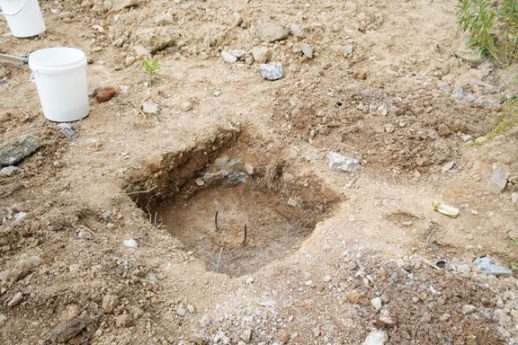
5. Pedestal Installation
Foundation Preparation: Dig a trench for the pedestal foundation, ensuring it is deep enough for stability. (for air-blow fiber cable installations, the steps will be different)
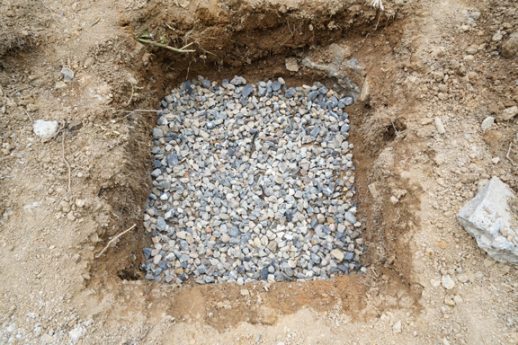
Pedestal Placement: Fulfill the hole bottom with a layer of gravel that prevents water accumulation. Position the pedestal in the trench and secure it with concrete or other suitable materials.
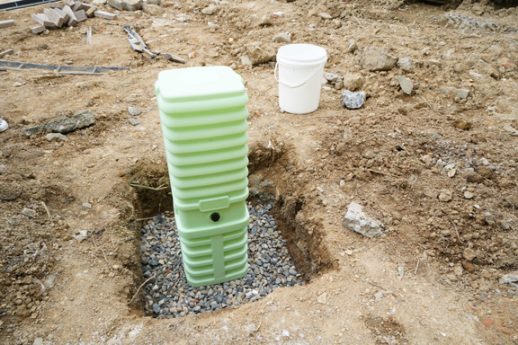
Cable Management: Install conduits and pull fiber optic cables through them, securing them within the pedestal.
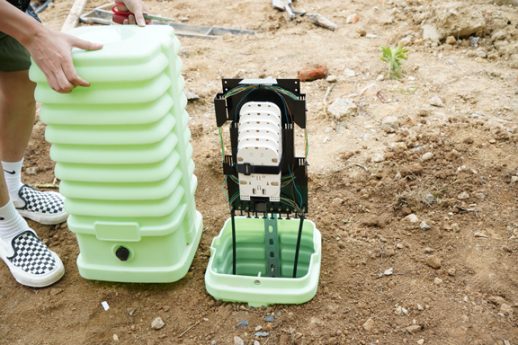
The pedestal in this case is Wiselynk 10 in fiber splice pedestal.
6. Connection and Testing
Splicing and Termination: Splice fiber optic cables and terminate connections inside the pedestal.
System Testing: Test the connections for signal strength, continuity, and performance.
Post-Installation Activities
7. Site Restoration
Backfilling and Compacting: Backfill trenches and compact the soil to restore the site to its original condition.
Vegetation Restoration: Replant any removed vegetation or apply erosion control measures as needed.
8. Maintenance Planning
Routine Inspections: Schedule regular inspections to check for damage, wear, or environmental impact.
Preventive Maintenance: Develop a preventive maintenance plan to address potential issues before they cause disruptions.
9. Challenges and Mitigations
Contaminated Soil
Mitigation: Use appropriate protective measures such as soil encapsulation or removal and replacement.
Regulatory Hurdles
Mitigation: Engage with local authorities early in the planning process to ensure all requirements are met.
Environmental Concerns
Mitigation: Implement best practices for minimizing environmental impact, such as using eco-friendly materials and methods.
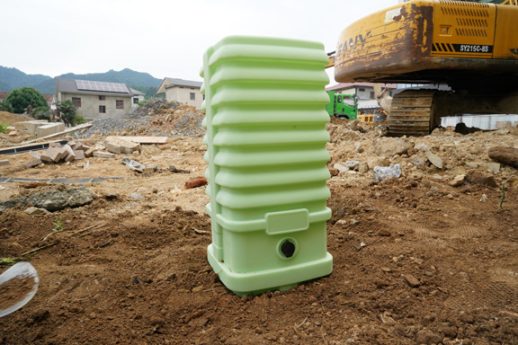
Conclusion
Installing telecom pedestals requires conducting thorough site assessments, adhering to regulatory standards, and implementing careful planning and installation practices, telecom companies can successfully deploy FiberKnct pedestals while minimizing environmental impact and ensuring long-term reliability.
